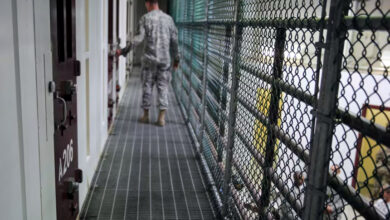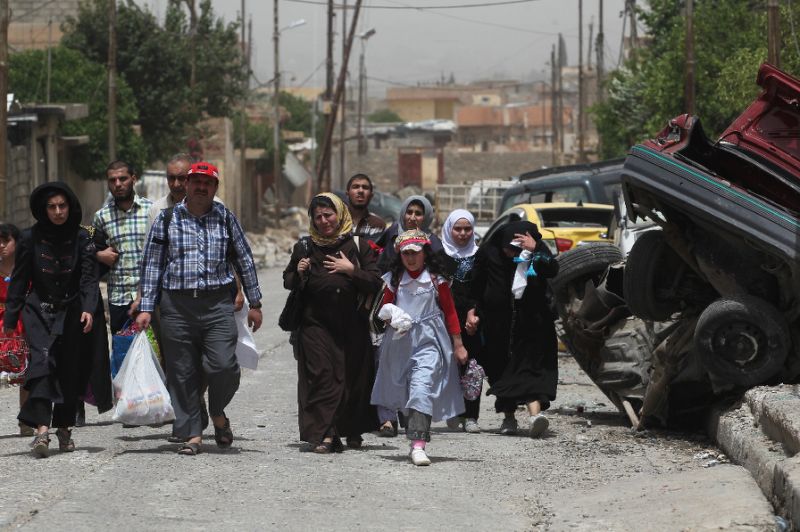London–Like many second-generation Egyptians raised in London, 25-year-old Hatim Morsy spent his childhood summers in the homeland of his parents, growing up with a strong connection to his roots. This was strengthened by his education, as he attended a Saudi school until the age of 16, gaining a foundation in Arabic and Islam before finishing school and university in the British system.
Morsy’s experience is typical, and representative of the melting pot that is England’s capital city. A closer look at this multiplicity reveals the intricacies of identity perceptions and construction among Arabs and Egyptians.
London is famed for its cosmopolitan nature, and it is by far the most diverse part of the UK. According to statistics from the London mayor’s office, 32 percent of the city’s residents were born outside the UK. The average for the rest of the country is 7 percent.
The population of London is close to 8 million, of which 113,000 residents were born in the Middle East and 9,120 in Egypt, according to the mayor’s office. There is fairly detailed information on those born in Egypt who are now residing in London, such as 40 percent live as a couple, 14 percent rent privately, and 71 percent are in “good health.”
These statistics point to a large community of second-generation Egyptians, but data on those born to Egyptian parents is patchy and difficult to find.
The last census of England and Wales was carried out in 2001, and for British Egyptians, the only category that fits their ethnicity is either “mixed-other” or “other”, depending on whether both their parents are Middle Eastern. Four percent of the “mixed-other” category recorded “Arab” as part of their heritage, while among the “other” category, 11 percent recorded “Arab”, 6 percent “Middle Eastern” and 4 percent “North African.” From these statistics alone, it is difficult to piece together a clear picture of second-generation Egyptians.
Another clue into the lives of children of immigrants can be found in the languages spoken in schools, which gives an idea of the languages spoken at home. Some, like Arabic, are difficult to pin down to a specific geographic area as they are spoken across broad regions and so more detailed information on dialects is needed.
However, language has limited ability to help track down second-generation immigrants, especially those who are of mixed parentage and may not speak their parents’ languages.
Born to an Irish mother and Egyptian father, Tamer Ismail grew up in England. He is an undergraduate student at SOAS in London, studying Arabic as an adult as he did not learn it as a child.
“When I was 16 I really had this urge to draw nearer to my Egyptian-Arab heritage and really regretted having not been taught the language,” he says.
Sami Zubayda, a politics and sociology professor at Birkbeck, University of London, says “second and third generation members of Muslim groups in Europe have largely acculturated to the host societies. Many have grown away from the cultural milieu, motifs and social controls of their parents…some, probably a majority, have adopted the ways of the host society.”
It is hard to measure the extent to which this paradigm is true for the children of Egyptian immigrants, but integration in London seems to be made easier by its diversity, which allows people to be British without losing their heritage.
Rammy al-Saadany is a prime example–now in his late 20s, he was educated in the mainstream English system but went to Arabic school on the weekends to ensure that he retained his parents’ language.
“Linguistic expression and use are the main carriers of my identity, and just as certain jokes don't make sense in one language, then a certain identity doesn't make sense in another,” al-Saadany says. “But thankfully having been brought up in London, this multiple layered identity is not a problem since it’s very common to see 'non British' people, so I've not felt stigmatized because I have these multiple identities to wear.”
Perceptions of mixed Arab identities in the West differed following the 11 September 2001 attacks that shook the US and the world. With global media associating terrorism with the Muslim world, many felt more conspicuous and found themselves thinking hard about their origins.
Al-Saadany explains that it brought about a “process of introspection which has allowed me to be more knowledgeable about what my faith actually says and what it actually doesn't… so if I'm going to look at the positives, being able to actually read and think and reflect on my identity has helped me separate the fact from the fiction.”
For him and others, the post-11 September era became a more identity conscious one, in which he feels the urge to balance the overlapping and at times contradictory elements of his life to carve out a space that can accommodate both his British and Egyptian self.




